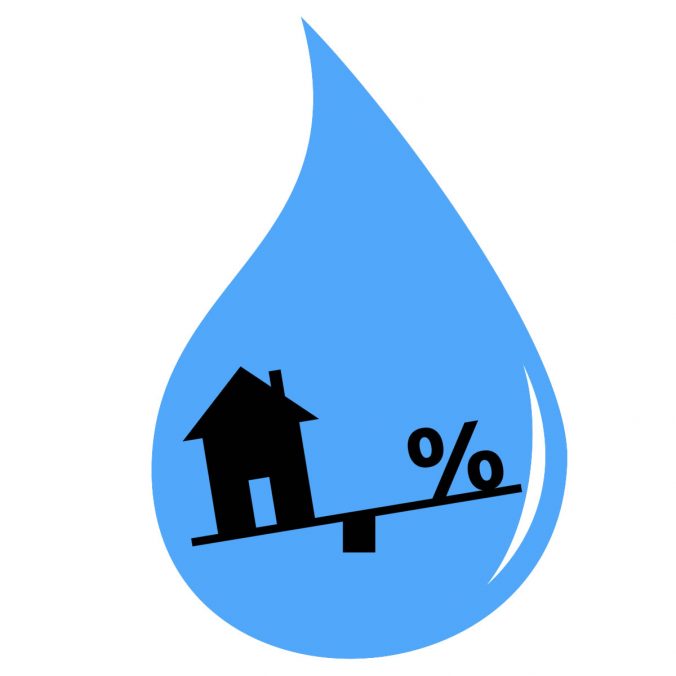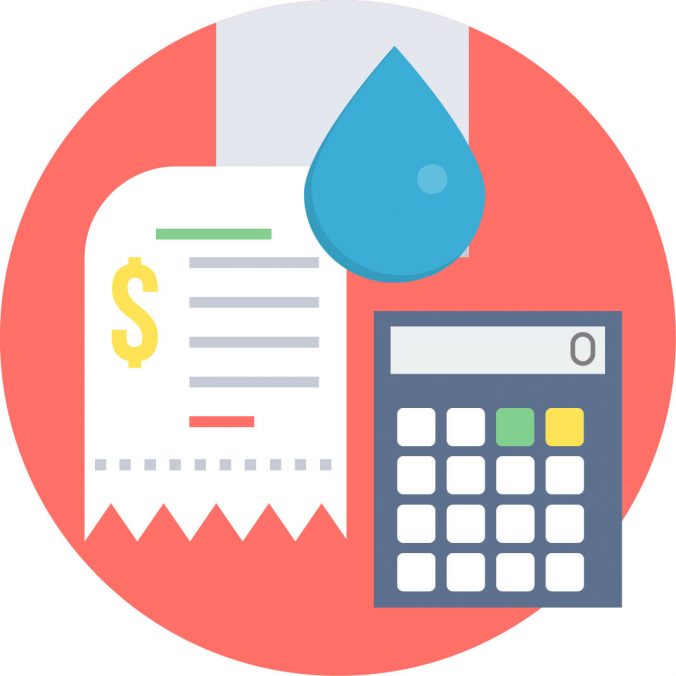Most national analyses of affordability utilize a small sample of utilities or make generalized assumptions about expenditures. With more than 3,000 utilities in our pricing database, the Environmental Finance Center at the University of North Carolina at Chapel Hill is uniquely positioned to conduct detailed analyses of affordability using multiple metrics. Historically, the most common method of presenting affordability metrics for a specific water utility is to calculate the percent of the median household income of a community that goes to pay for water and/or wastewater services on an annual basis. This metric, often presented in shorthand as percent MHI, Continue reading
Author: Daniel Irvin
SOG Environmental Finance Ctr
The affordability of water and wastewater rates is an issue attracting more attention than ever.
In particular, “A Burgeoning Crisis? A Nationwide Assessment of the Geography of Water Affordability in United States”—a recent paper from Michigan State University— has generated a great deal of debate and dialogue about the issue. The paper is worth reading for yourself, but the primary conclusion is that over the next five years, at least 35.6% of the U.S. population will have combined water and wastewater bills greater than 4.5% of their community’s median household income. One aspect of the paper that stood out to us here at the EFC was the numerator in that calculation—i.e. the combined bill.
Here at the Environmental Finance Center, we work with water systems across the country to help them improve their financial and managerial capacity. While there are many reasons why it is important for water systems to have sound management and financial practices, one very important reason is that it can help water systems meet regulatory requirements. Two years ago, my colleague Shadi Eskaf looked at how financial difficulties affect the probability that a water system receives a health violation. This post explores a few other interesting trends in water violations using EPA data from July 1, 2015 to June 30, 2016. To give some context, there were 69,934 violations during this time period—which were committed by 24,725 systems. We compared these violations against EPA’s database of 147,413 publicly regulated drinking water systems.
The Environmental Finance Center currently produces statewide water and wastewater rates dashboards for 12 states across the US. We collect a lot of data on water system finance and management to build these dashboards, and those data can tell interesting stories about how water and wastewater systems structure their rates. This post presents key features of rate structures across seven states where we have survey data available: Alabama, Arizona, Georgia, Illinois, North Carolina, and Wisconsin.






